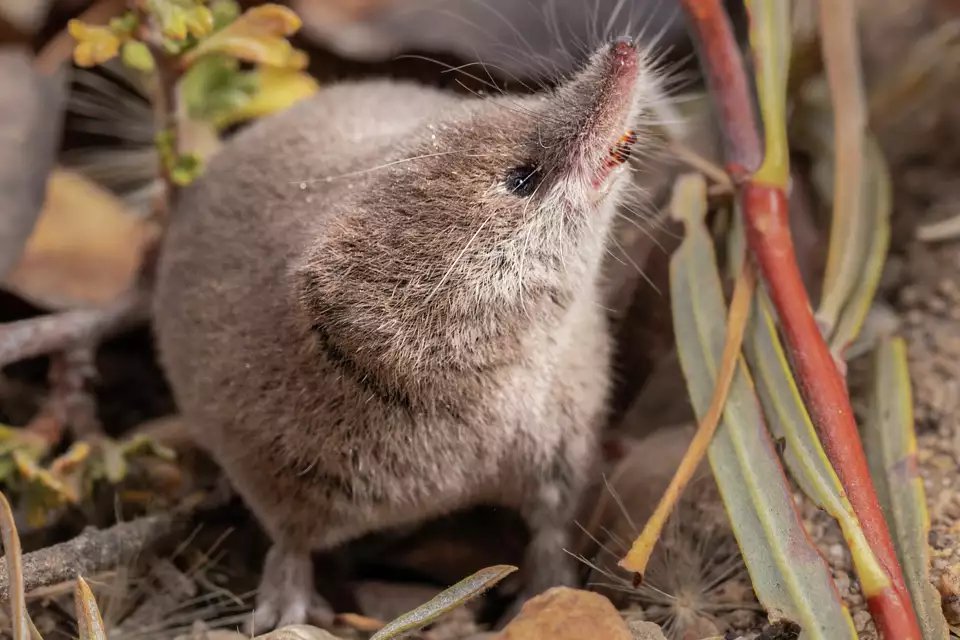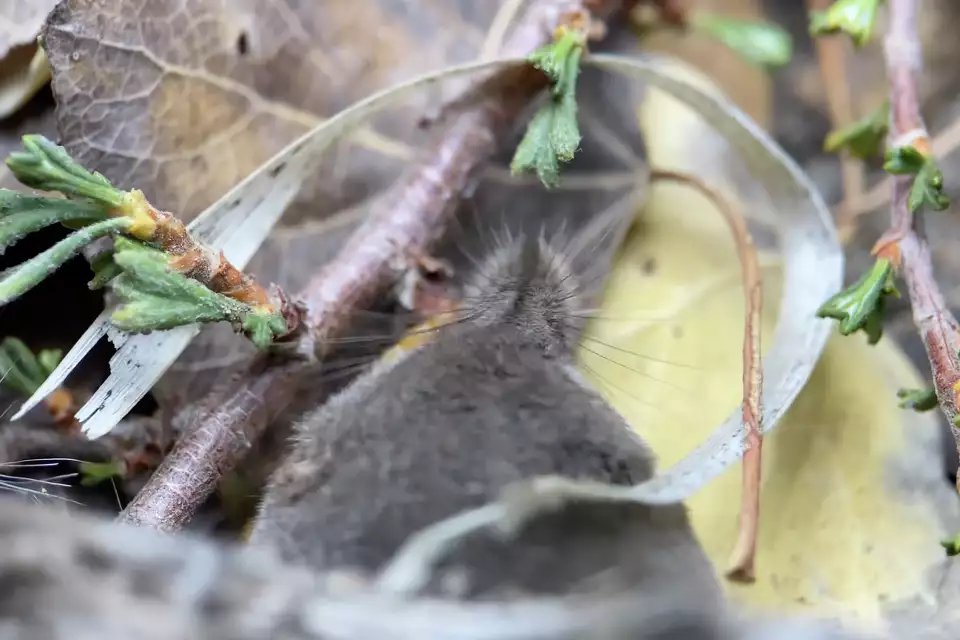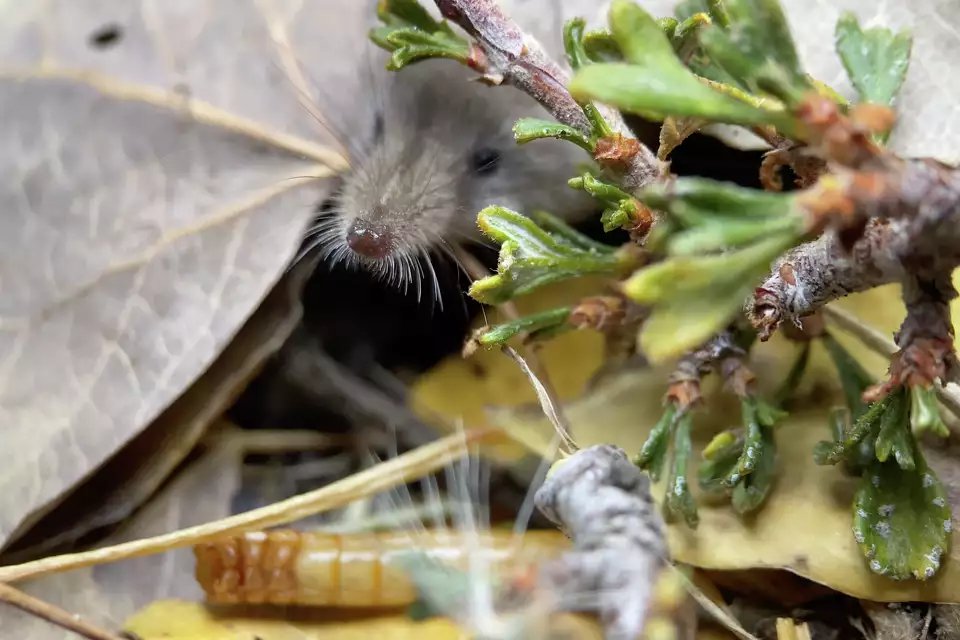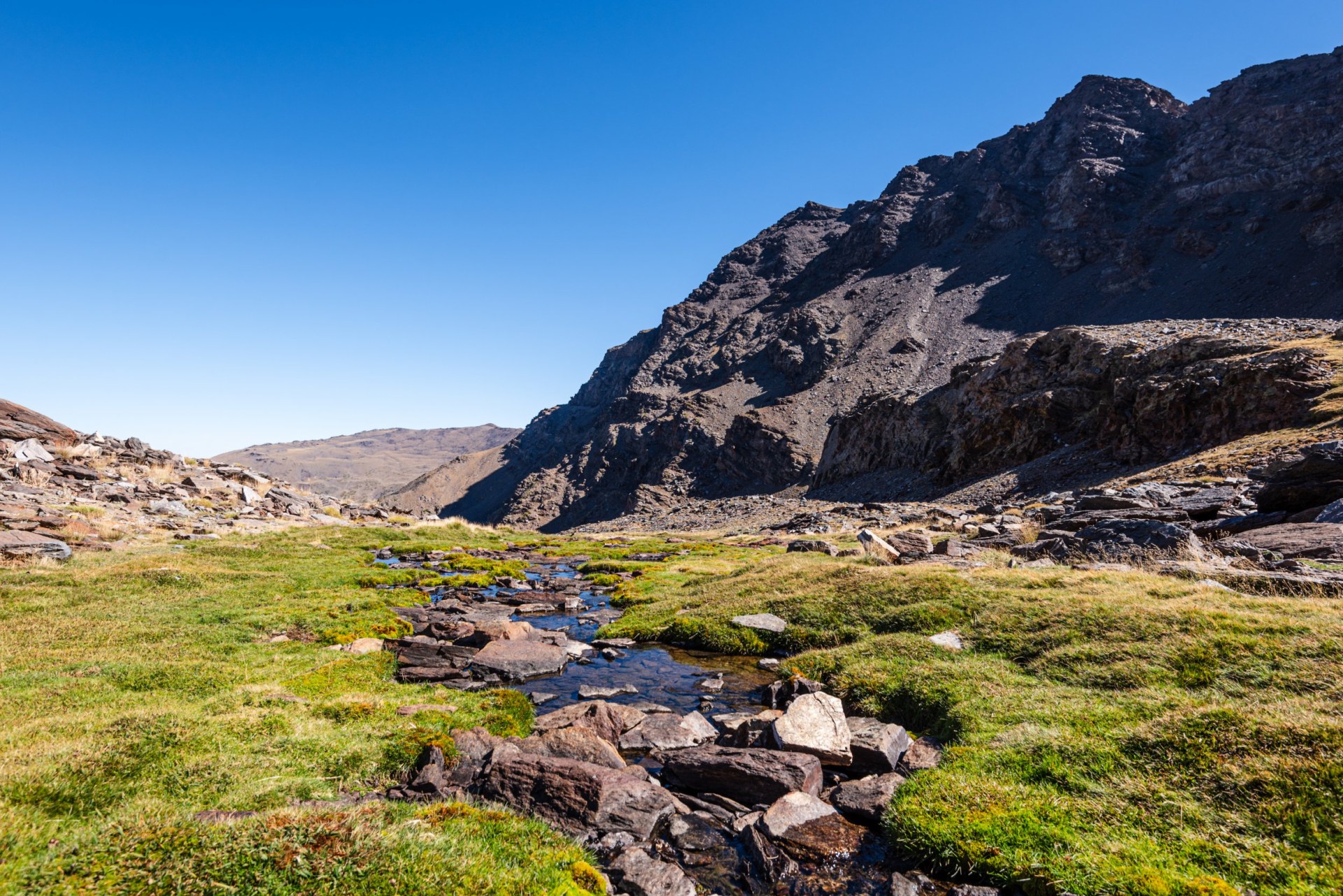This Mount Lyell shrew is ready for its close-up – finally.
Over a century after its initial discovery, this small, previously unseen mammal has now been captured alive on camera.
.
"I'm sorry, but we're not able to locate any information about 'no data found'.
No images of the Mount Lynell shrew could be found, with a Google search only yielding sketches and maps.
’ amid climate change.
Researchers Vishal Subramanyan, 22, Prakrit Jain, 20, and Harper Forbes, 22, are the first to photograph the shrew in a living state.

Near Lee Vining in the Eastern Sierra of California, scientists with the California Academy of Sciences spotted and caught five beady-eyed creatures lurking in the underbrush in November.
They measured between nine to 10 centimetres long and weighed only three grams.
‘Despite this shrew being a species of special concern, scientists are generally unaware of a lot about it,’ the academy said on Facebook.
They're extremely susceptible to the consequences of climate change because their environment is mostly at high elevations, and those areas are disappearing rapidly.
‘Vishal and his colleagues put in a lot of overtime, working through the night and staying awake to tend to and keep an eye on the traps they had set up.’
A group of young wildlife experts recently discovered and took photographs of five Mount lynell shrews in the desert region, sharing the details of their findings on Thursday.

He and his friends came up with the idea after capturing small rodents during a school field trip.
They quickly grew fixated on these tiny mammals and decided they absolutely had to get a close-up view of a Mount Lynx shrew.
by biologist Clinton Hart Merritt in 1902.
‘It’s been two decades since a shrew has been trapped or recorded,’ said Subramanyan.
‘It’s arguably one of the least recognized mammal species in California.’
You have to place value on what researchers know about them so that it's difficult to track them down.

These tiny creatures are approximately as long as a pencil and have a remarkable metabolism. If they don't eat something every two hours, they will starve and die.
This means that, if wildlife researchers set an overnight trap and are able to capture a shrew, they’ll likely find that it has unfortunately died overnight.
So, Jain, Forbes and Subramanyam slept for no more than two hours at a time and frequently checked the traps they had set near streams and wetlands.
The traps they used weren't anything sophisticated – they dug holes and put plastic cups in them to create traps, and filled the cups with cat food.
It appears cat food is on the menu for Mount Lyell shrews, as the team caught one within the first two hours.
Subramanyan stated that capturing the elusive shrew on camera is 'really important for cataloguing diversity in a rapidly changing world'.

It has been discovered that as humans keep releasing greenhouse gases and contributing to climate change, the Mountain Lyell shrew is expected to lose nearly 90% of its natural environment.
‘You know, it’s challenging to find quality photos of California’s shrews,’ Subramanyan pointed out.
‘Sharing unique photos of these animals helps the public form an emotional connection with them and better understand their needs and significance.’
.
.
Never miss a major development with the latest news sent straight to your email inbox.


0 Komentar